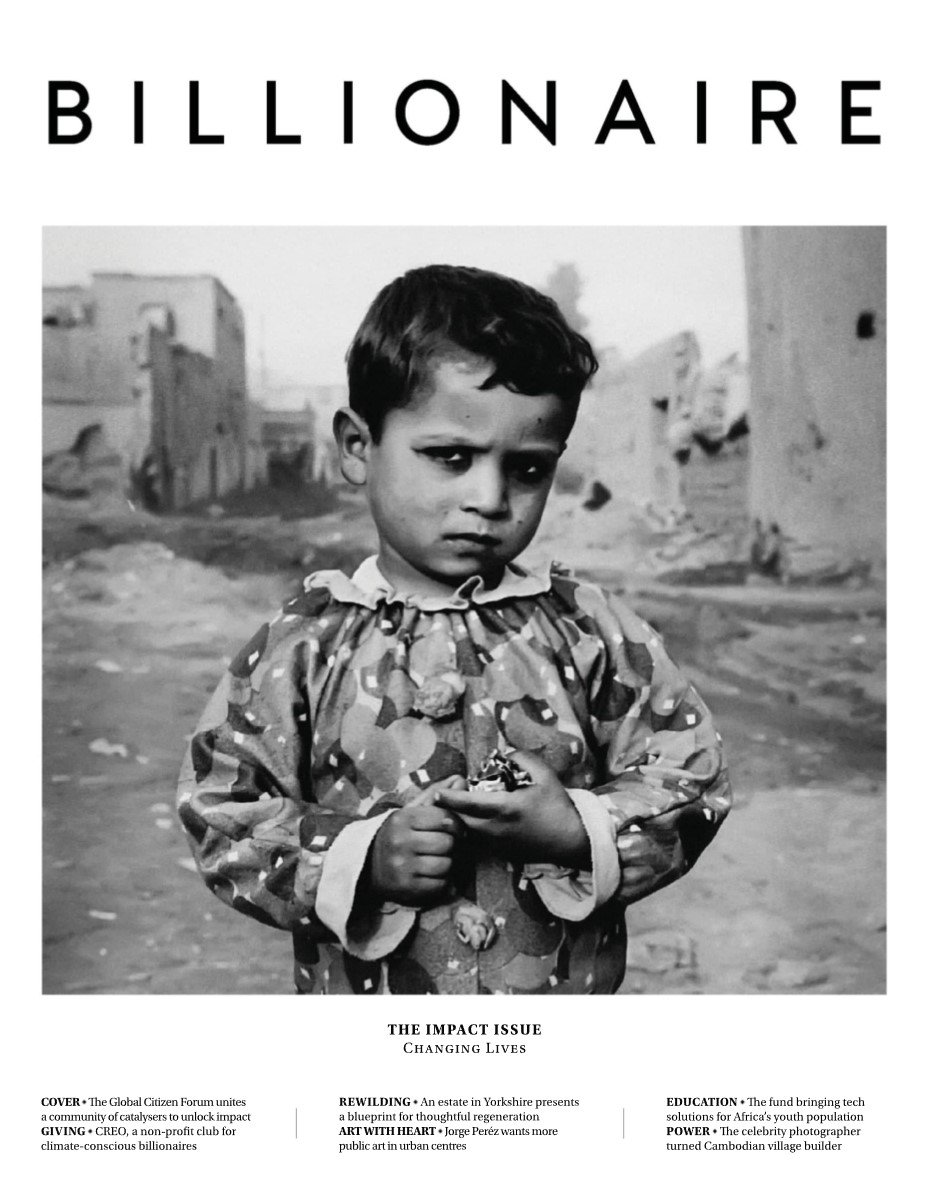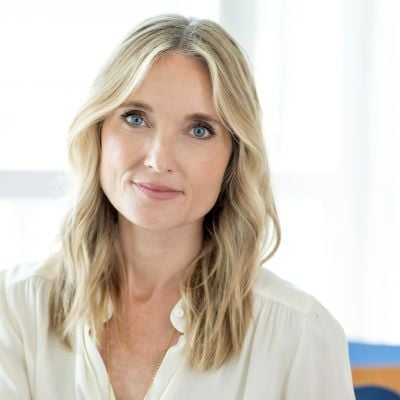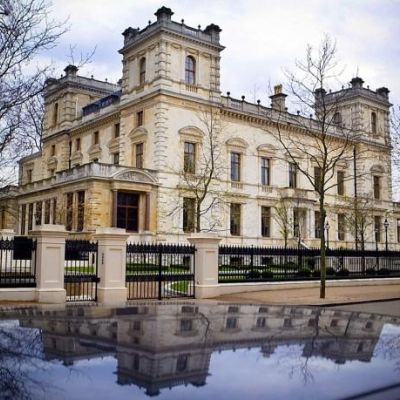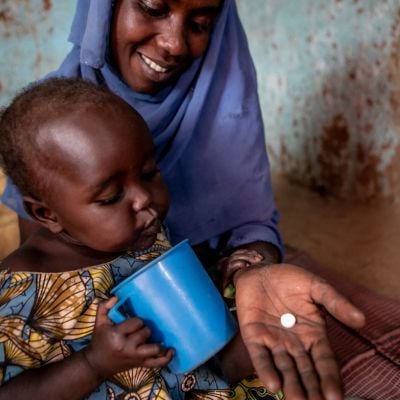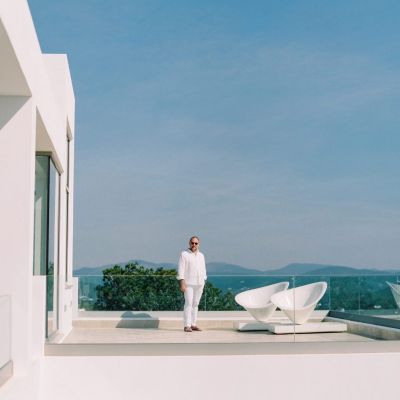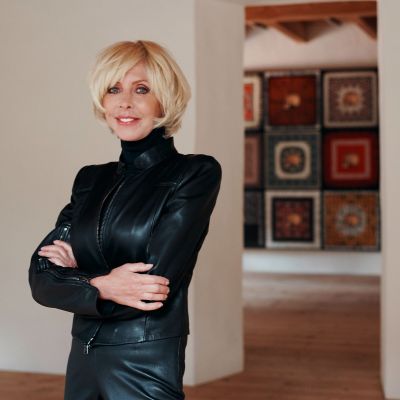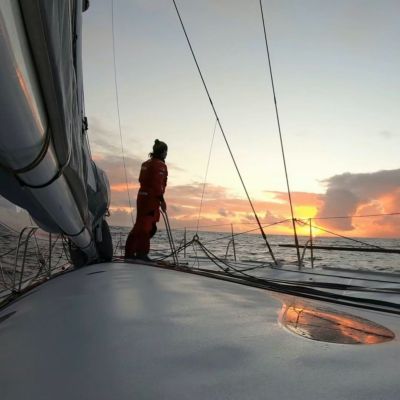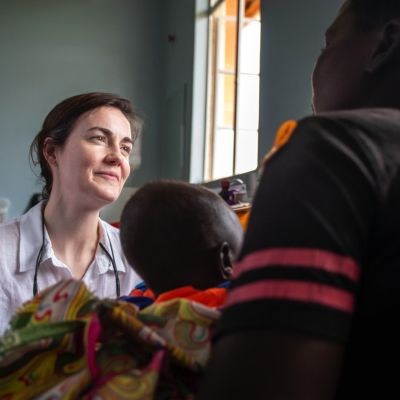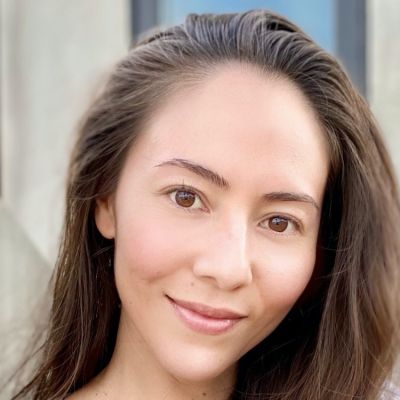Core Co-operative
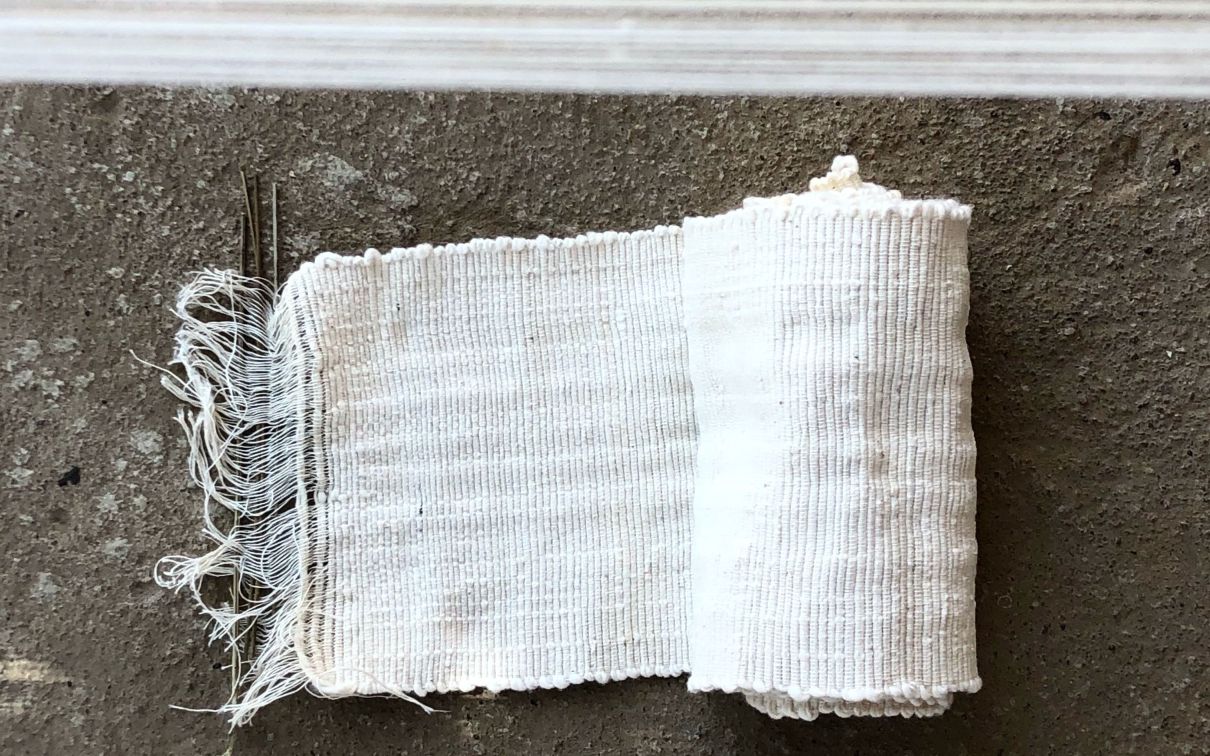
Malian artisans are reviving traditional methods to produce fabrics.
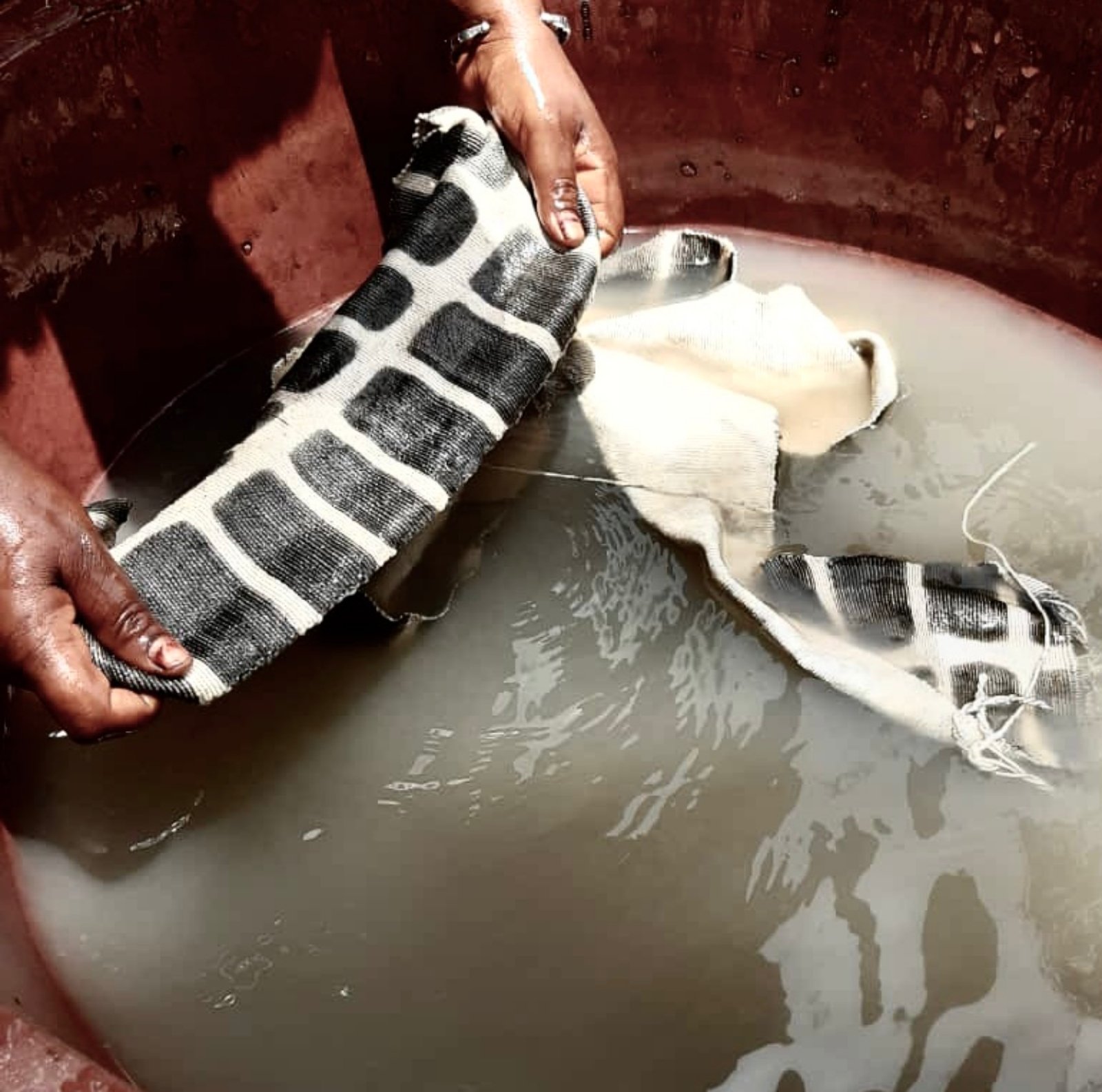
AAAA is not an acronym for a new financial credit rating but a cooperation of artisans from Mali; it stands for Atelier Autodidacts Anti-Algorithms. This may sound perplexing, but it simply means that its products are hand-made in Malian ateliers by self-taught artisans who do not rely on algorithms nor any form of computer-generated data to draw patterns.
It all started in 2018 when Lidewij Edelkoort received a request from the United Nations to look at trends in fashion in Africa and report back. “Edelkoort asked me to join her, and never came in the end,” says AAAA founder Birgitta de Vos, a former fashion designer turned art director and artist.
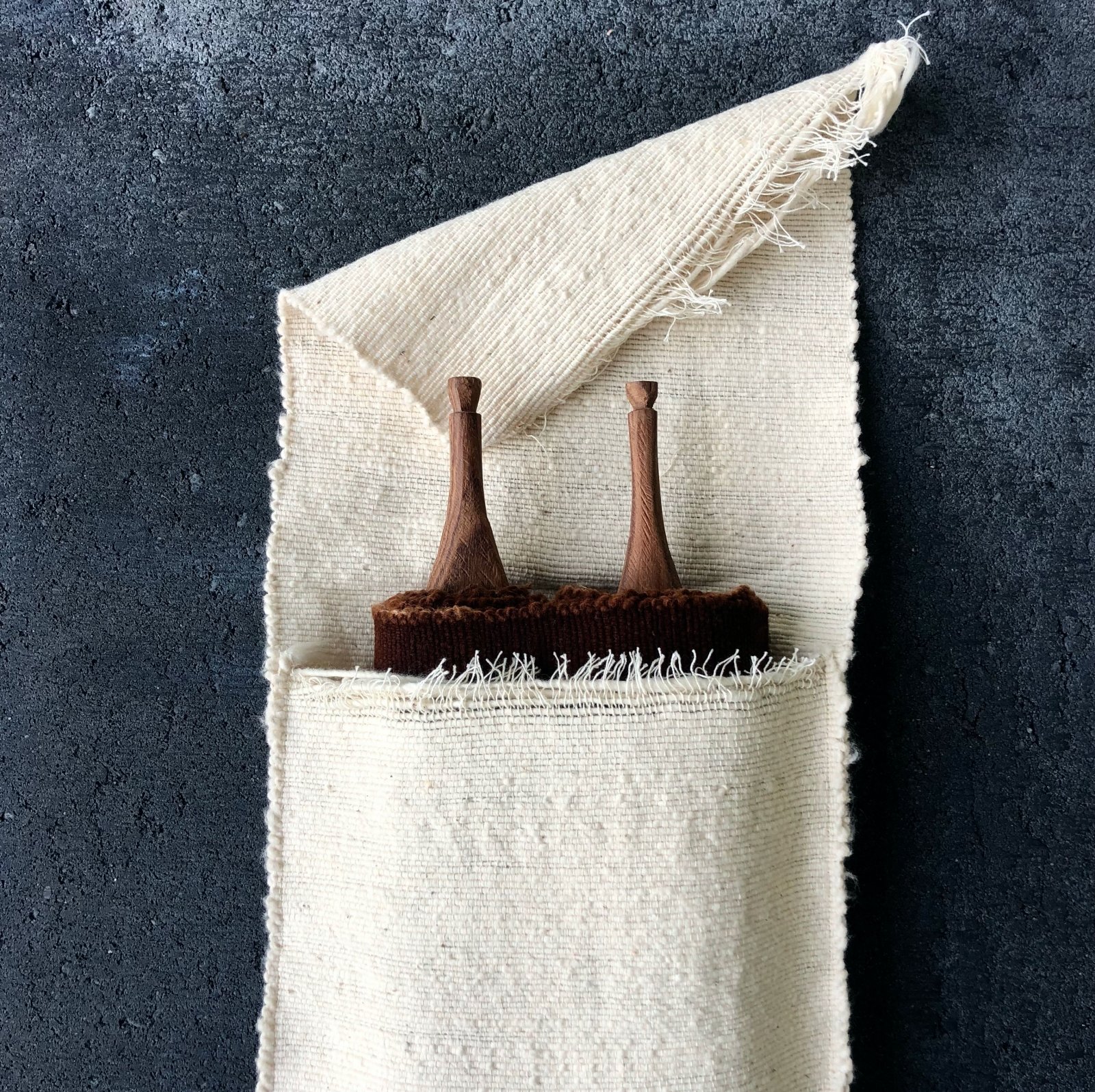
“At that time, I had turned my back on fashion and was impressed when I discovered the Bogolan, an original Malian textile art. The Bogolan is a traditional hand-made Malian cotton fabric dyed with fermented mud,” says De Vos.
“But when I looked deeper into their practice, I discovered they had replaced ancient techniques with chemical paints, and unique, original patterns with templates. Malian artisans were solely catering to tourist markets. I urged them to use more traditional practices. I showed them that what they have in house is more valuable than creating seasonal items for the tourist market. I suggested artisans look at what they have and can give rather than what the world can give them,” she adds.
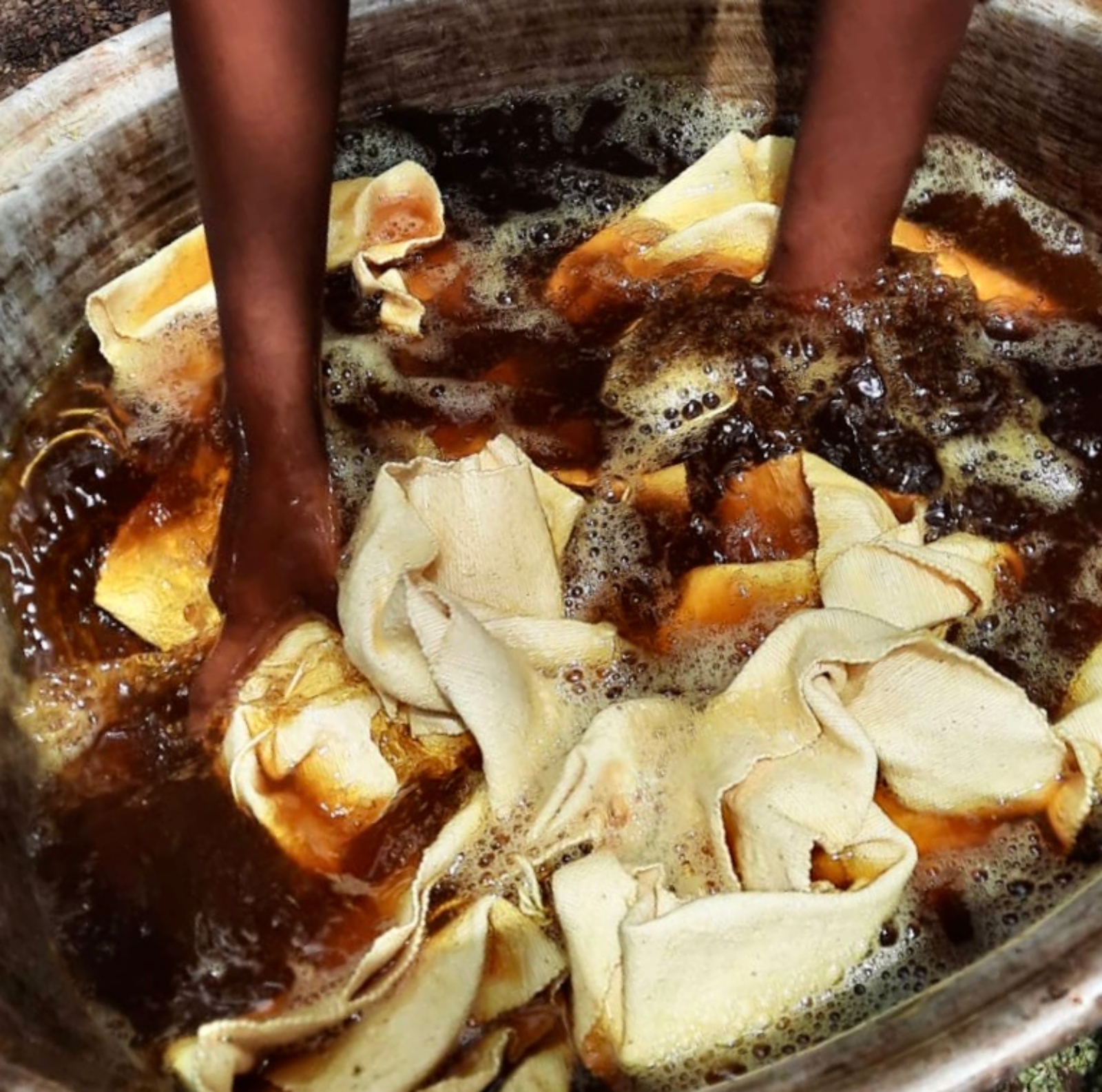
AAAA was first funded with money from the EU: the commission was looking at ways to discourage Malians and neighbouring countries from emigrating and reconnect people to their land and practices. Together with De Vos, a handful of artisans dived back into their own values and heritage.
Creating a Bogolan is a labour-intensive craft, all done by hand, from picking the cotton to spinning, weaving, dyeing, and painting. The AAAA Bogolan is made using locally grown herbs to dye the fabric and mud from the Niger river to paint the patterns. Traditionally, the native plants collected hold medicinal properties and the Bogolan, also known as a ‘medicine cloth’, is believed to have the power to absorb dangerous forces released in life-threatening circumstances. The patterns encapsulate a symbolic language meant to support wellbeing.
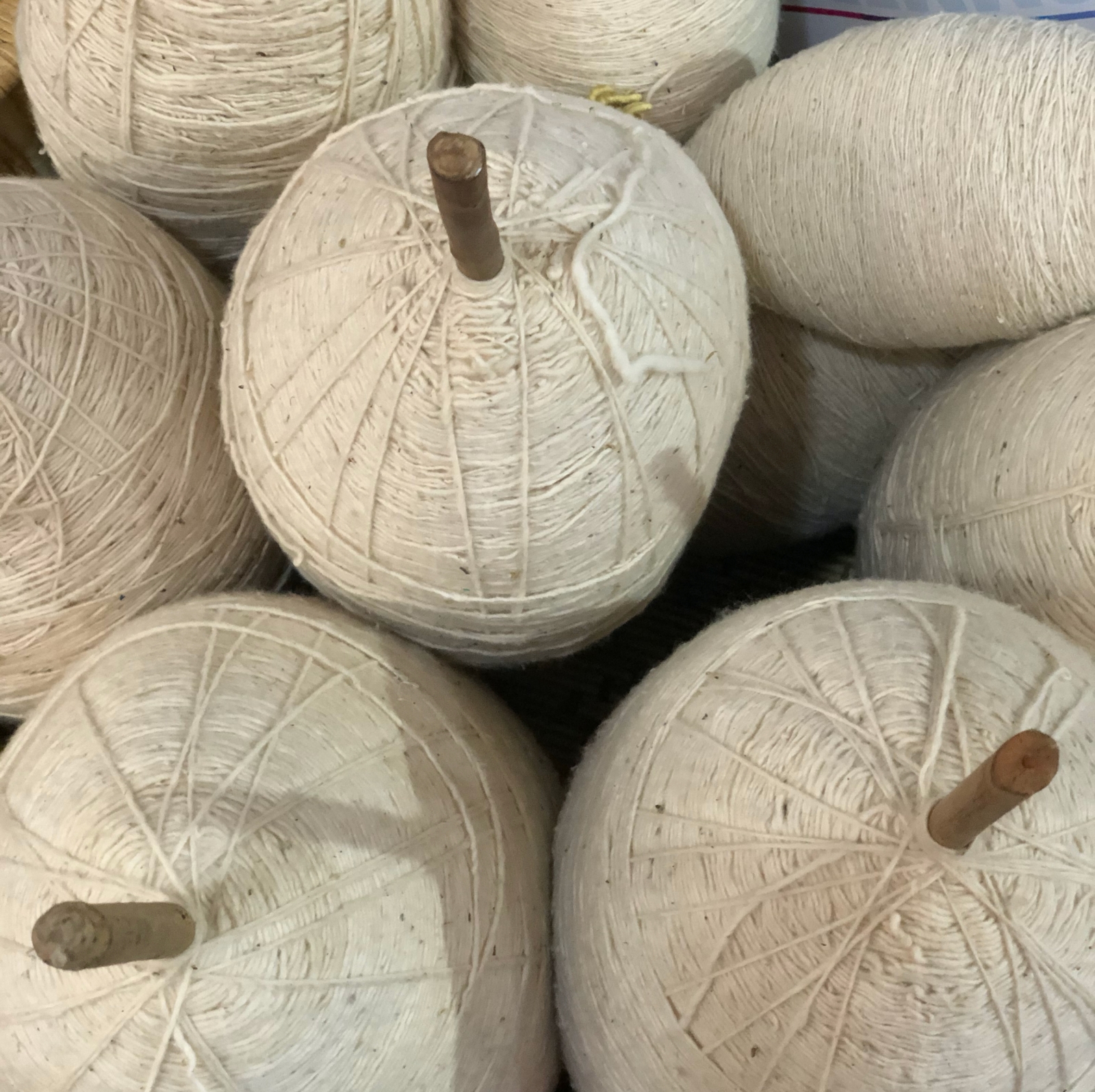
The first series of AAAA Bogolans came out in 2019 and in 2020. De Vos says: “AAAA has gathered 50 craftsmen from all ages and gender who are always so proud to see new orders come in. For them, the task is not to be creative but sustain what they know how to do. They produce approximately 1,800 items a year.”
She adds: “We try to encourage them in producing a small number of designs. We tend to resort to Zoom meetings because it has become difficult to travel to Mali, but the result is always so much more human and better when you sit with them in the atelier. We are trying to avoid at all costs spreading our Western mentality and we try to mentor them to become independent, for the atelier is theirs. Our process is slow: we try to make a new series of designs every year and a half. But it does take time to see them come to life. They cannot work when it rains for the motifs cannot dry properly and the colours change,” says De Vos.
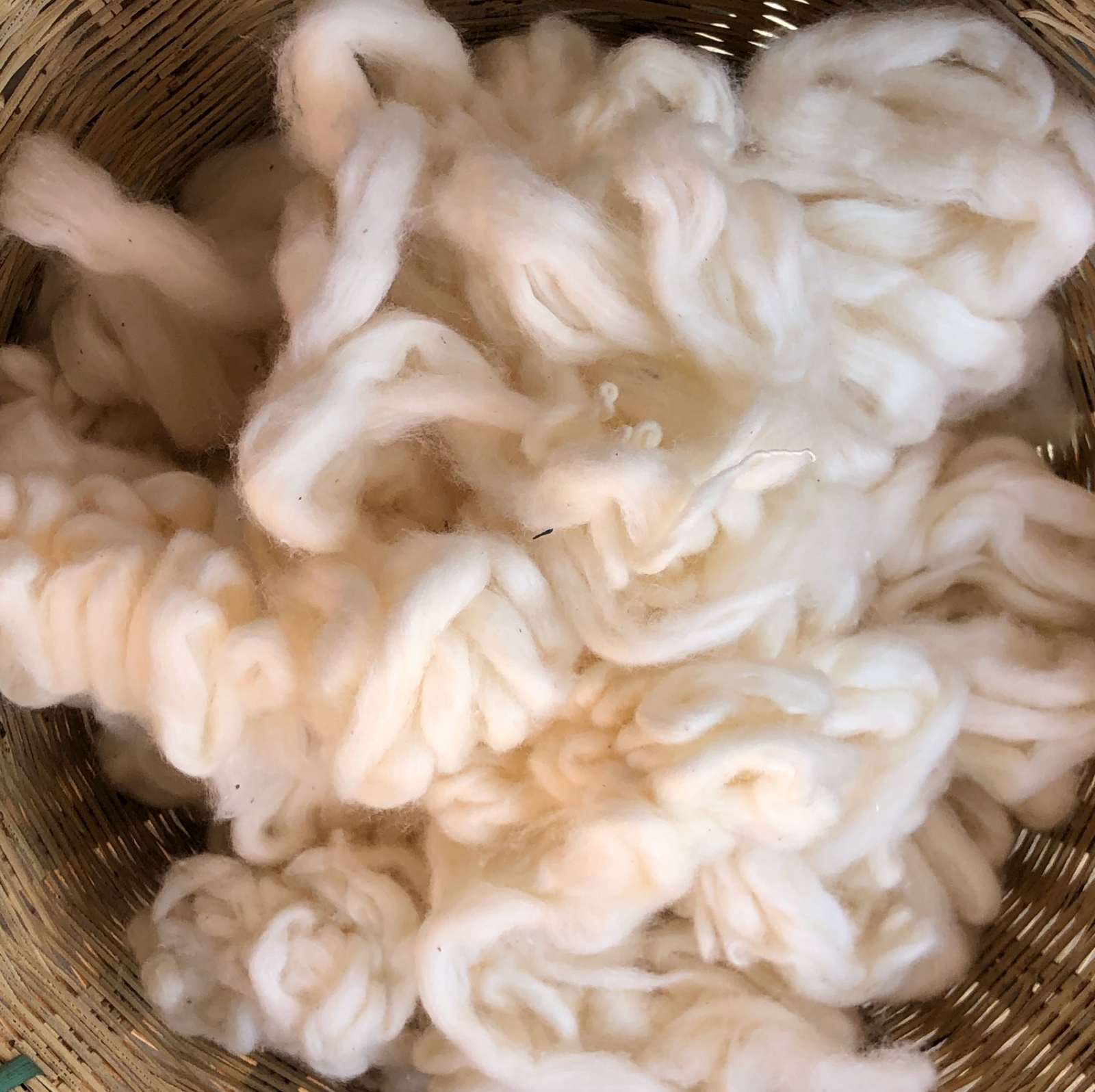
She adds: “What makes us proud is that the community is stable with a solid core group that knows what it can handle. It works in better conditions, and women are particularly happy to spin from home. They drop in when they can, take better care of their children and earn more money for schooling. We also try to teach the community leaders to look at what they want to invest in for the future. They know exactly what they want and don’t want to be involved with.”
This article appeared in Billionaire's Impact Issue. To subscribe click here.

